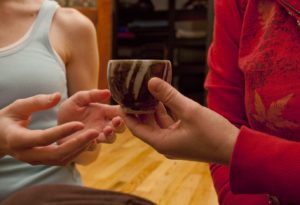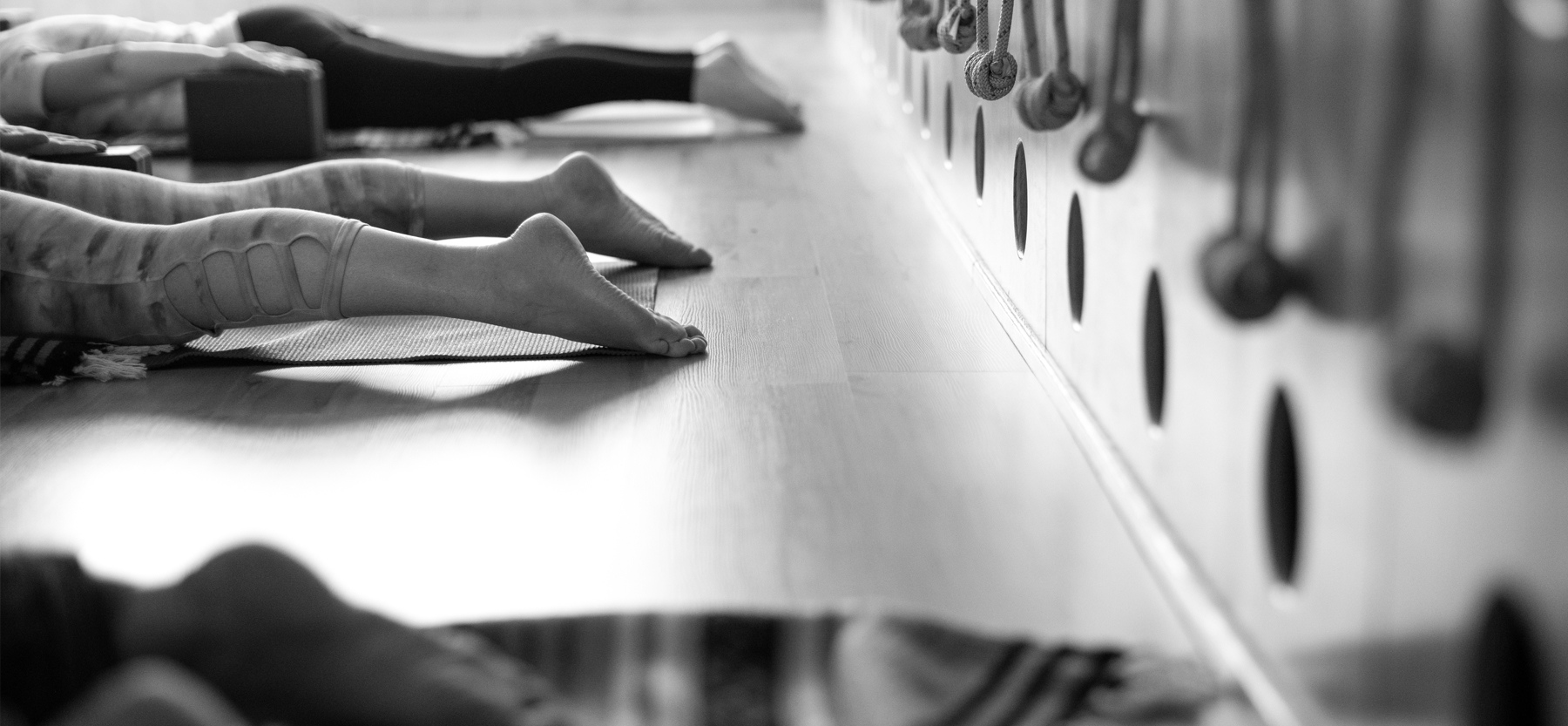Omaha Yoga Path Post
Six Mantras
The Six Mantras
June 16, 2012. 99-minute dharma talk by Thich Nhat Hanh from Upper Hamlet in Plum Village during the 21-Day Retreat with the theme The Science of the Buddha. The talk is given in English and this is the eleventh dharma talk (of 15). The podcast is available at this link.
1. Darling, I am here for you.
Darling, I am here for you.
2. Darling, I know you are there and it makes me happy.
3. Darling, I know you suffer.
4. Darling, I suffer, please help.
5. This is a Happy Moment.
6. Darling, you are partly right.
The last one is new and for when someone congratulates or criticizes you.
Tea on the Brain
Been a long time since making an entry in this category — tea, but I always marvel at the relationship of tea in Buddhism, Yoga, and meditation. Now here is a neurological explain for human predilection for Camellia sinensis.
[vimeo 114499613 w=500 h=375]
Mindfulness Resources
The Miracle of Mindfulness: An Introduction to the Practice of Meditation by Thich Nhat Hanh
When Things Fall Apart: Heart Advice for Difficult Times by Pema Chodron
Wherever You Go, There You Are by Jon Kabat-Zinn
The Wise Heart: A Guide to the Universal Teachings of Buddhist Psychology by Jack Kornfield
The Science of Enlightenment by Shinzen Young
Breakfast with Buddha by Roland Merullo
Falling Upward: A Spirituality for the Two Halves of Life by Richard Rohr
Be Free Where You Are by Thich Nhat Hanh and Sister Chan Khong
Making Space: Creating a Home Meditation Practice by Thich Nhat Hanh
No Time to Lose: A Timely Guide to the Way of the Bodhisattva by Pema Chodron
Bringing Yoga to Life: The Everyday Practice of Enlightened Living by Donna Farhi
Spring Mindfulness Retreat
Here is the announcement about Spring Mindfulness Retreat 2014 sponsored by the Honey Locust Sangha / Omaha Community of Mindful Living.
It’s time to wake up
Ever since November retreat where I met Mary Pipher and read her most recent book, The Green Boat, my life has taken a change. I’m one of those thousands of people who have largely stuck my head in the sand about Climate Change. In spite of all the evidence surrounding this topic, in spite of someone who purports to believe in science and enjoys many of the luxuries it provides, I somehow wanted to believe that scientist had gotten this wrong and that we’d be OK. But thanks to Pipher and all her supporting research, I’ve come to what environmentalist call “the oh shit” moment. And with it all crippling despair that comes with it.
I wonder if a collection of astronomer came together and all agreed that the earth was definitely going to be hit with a planet-destroying meteor in fifty years, there would be other astronomer to refute it. Then if the meteor-believers came back and said we could, as a world community come up with the means to divert this meteor, but our chances would be better, if we did something about sooner than later, what do you think the world community would do? It certainly would be more convenient to believe the meteor-refuters; make you feel better too. However, if you did really believe the meteor is coming, everything else pales in the shadow of that meteor. War, terrorism, balanced budgets, the EU, Wall Street, or A Rod’s one year suspension, all become that many more deck chairs on the Titanic to re-arranged.
Well the meteor is coming in the form of climate change! I know this because of the shadow it casts. That shadow was revealed to by the website: What Is Missing, designed by Maya Lin. This was the artist who designed the Vietnam War memorial. This site shows us species, habitats, and environments that use to exist, but have been lost because of human interaction. This is the shadow that lomes over any debate about global warming. Looking at the past, seeing clearly the present, there can be little debate about the trajectory of our future, if we don’t change.
Yet ,like Mary Pipher’s The Green Boat, Maya Lin’s site offers solutions and hope, if one spends time with either. When I encountered my “oh shit” angst, I wanted to run out into the streets and yellto the world we need to drop everything and reduce our carbon footprint. But what good is a yogi in straight jacket and padded cell. So I said nothing. Now I realize it needs to be addressed; it needs to be talked about, it needs to be recognized. That’s the starting point. I encourage you to read The Green Boat and if that’s too much, take 30 minutes and watch the video on this blog’s prior entry, Reconnecting to the Web of Life. Mary Pipher does a wonderful job of summarizing her book. Then go the What Is Missing site. Give yourself another 30 minutes on it. Without any judgements, see what it has to offer, by one of the world’s most renown living artists. It’s a place to start to wake up.
[youtube=http://youtu.be/0cFbLBQ9J-A]

